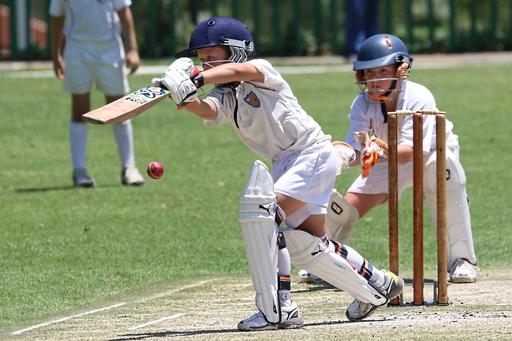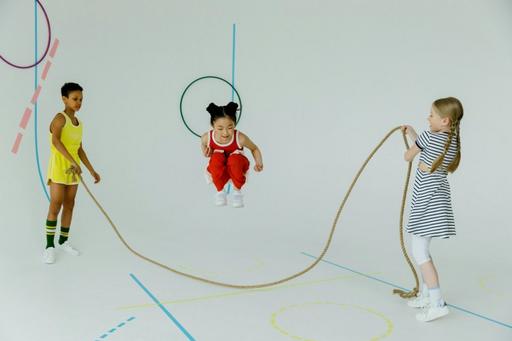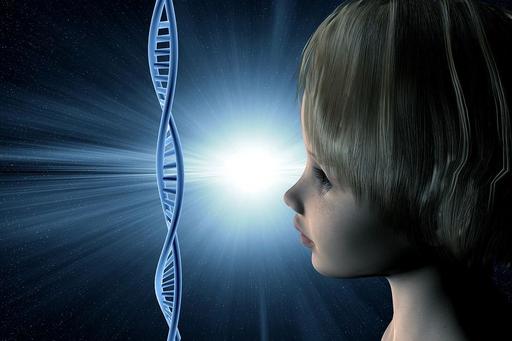
Developmental Coordination Disorder
Christopher Gillberg gives an overview of Developmental Coordination Disorder, including symptoms, causes and consequences and assessment and treatment.
Definition

Developmental Coordination Disorder (DCD) is a common condition affecting around eight percent of all boys and two percent of all girls. The condition is frequently associated with several disorders categorized under the umbrella term ESSENCE and occurs in at least half of all children with ADHD, Autism Spectrum Disorder, Developmental Language Disorder (DLD), and/or intellectual disabilities as "primary diagnoses." DCD does not seem to be as prevalent in tic disorders/Tourette's syndrome. When DCD co-occurs with ADHD, it typically entails an increased risk of language difficulties and autistic traits, while oppositional defiant disorder and conduct disorder are significantly overrepresented in cases where there are no signs of DCD.
Symptoms

Symptoms of DCD (Developmental Coordination Disorder) include general coordination difficulties, gross motor clumsiness, balance problems, hypotonia, and poor fine motor skills. Visual perception is often negatively affected. The condition can be detected in preschool age, but diagnosis often isn't made until school age, if at all. The most noticeable gross motor clumsiness often becomes apparent in childhood, and affected individuals may have difficulty learning activities such as cycling, skiing, ice skating, and playing ball games (team sports typically pose a particular problem, while some individuals may develop proficiency in individual sports such as tennis or badminton). Physical education classes are often problematic, and many children with DCD are actively or indirectly excluded from physical education activities. Hypotonia contributes to an impression of "loose joints" and also often leads to poor posture and "awkward" body language. Ehlers-Danlos syndrome often manifests through DCD-related issues. Handling pens, crayons, and utensils can pose significant problems and ultimately affect academic performance and table manners. Muscles of the speech organs are also often affected, slowing speech rate and leading to articulation difficulties.
Causes and consequences

DCD is often inherited, frequently along with one or more ESSENCE conditions. Additionally, complications during pregnancy and childbirth are common background factors in motor coordination disorders, comparable to what is seen in other ESSENCE conditions like ADHD and autism. Anxiety and depression often follow in the wake of motor coordination disorders, and many children suffer mentally due to their poor coordination and clumsiness. Unfortunately, diagnosis is rarely made even when problems are apparent, resulting in no offered assistance.
Assessment and treatment

In our studies at GNC (and previously at the Department of Child and Adolescent Psychiatry), we have always paid attention to Developmental Coordination Disorder. The diagnosis has been studied both as a "standalone diagnosis" and as a commonly occurring additional diagnosis with ADHD and autism/Asperger's syndrome. DCD can and should be investigated, diagnosed, and treated. Providing information to children, parents, and teachers about how the problems manifest and instructions on how to work with them is usually helpful. Strength training specifically addressing the individual's difficulties (e.g., dressing and undressing, tying shoelaces, eating "neatly"), executive function, and general physical fitness have all been shown to be effective. Central stimulants and motor training can be highly effective in reducing problems associated with poor fine motor skills. Martial arts for working memory training and specific programs tailored to the individual have been effective in improving developmental coordination disorder symptoms and can help alleviate anxiety and depression.
Guidelines for clinical assessment and interventions for DCD have been published in Developmental Medicine and Child Neurology (Blank et al. 2019)
Together with intellectual disabilities and general learning difficulties, DCD currently ranks among the most overlooked problems within the entire field of developmental medicine/child psychiatry.


